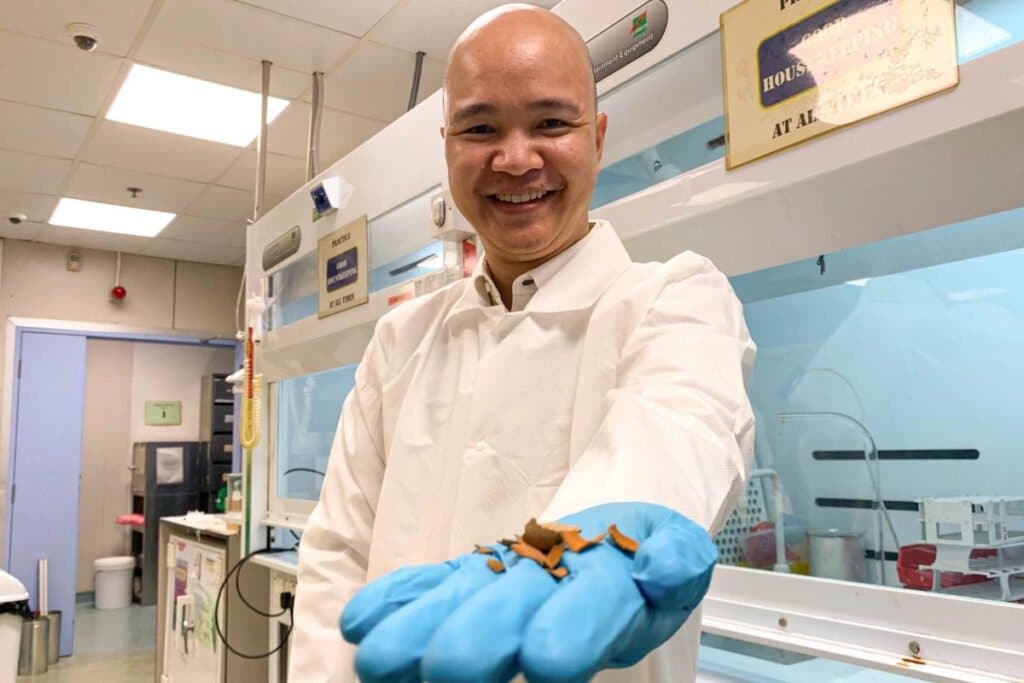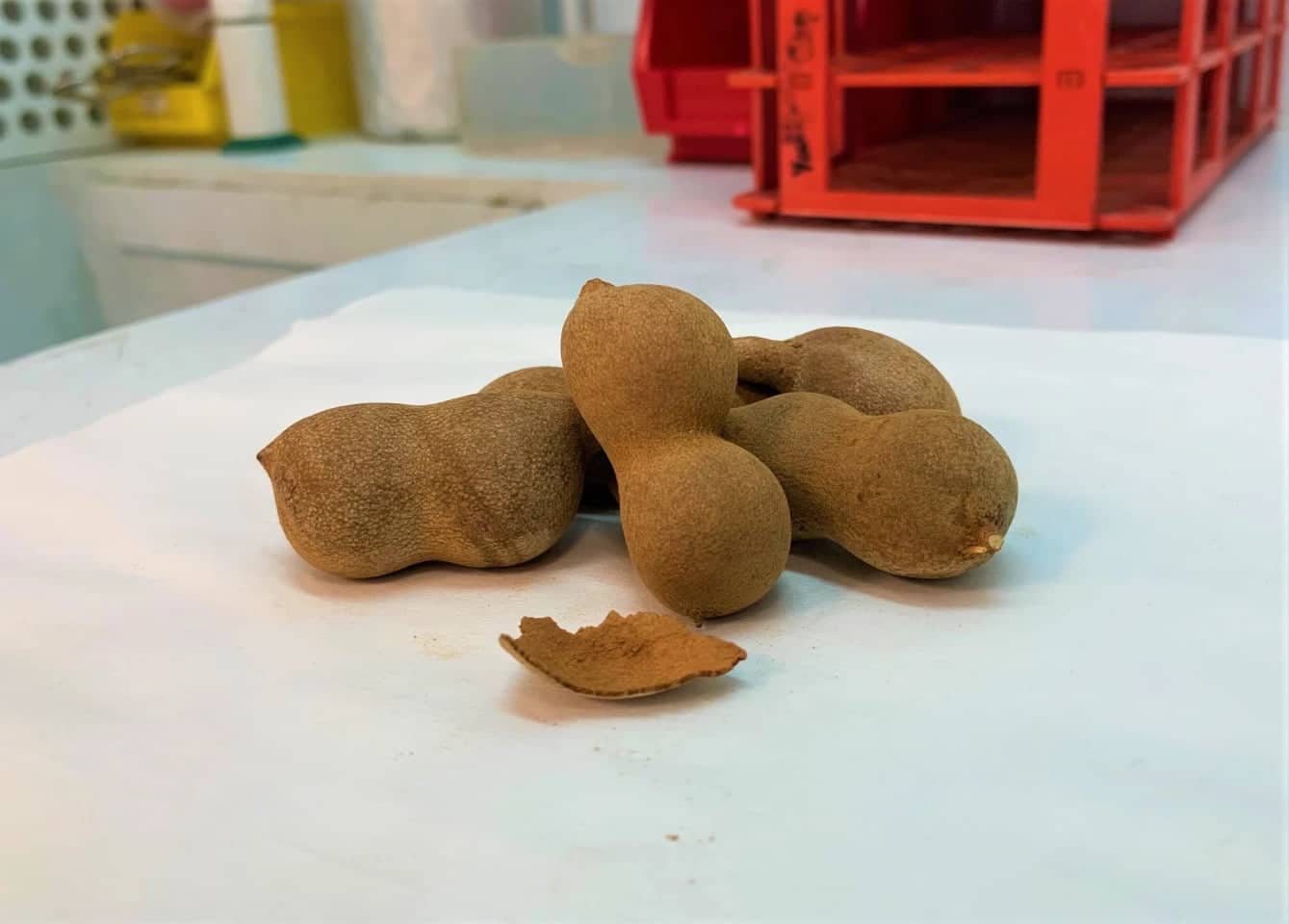In addition to batteries, many electric cars now use supercapacitors to quickly provide power during acceleration. New research has derived a key component of such devices from tamarind shells.
Although not particularly common in places like North America and Europe, the tamarind fruit is consumed in large quantities. And in many places, too. Both in Asia and in other regions. And even though the shells of its pods are compostable, most of the time they simply end up in a landfill. A truly huge waste.
From tamarind carbon nanosheets
Seeking a high-value use for tamarind shells, an international team of scientists has begun using them as a starting material for carbon nanosheets, which store electrical charge inside supercapacitors. Leading the project is La Nanyang Technological University of Singapore, which also involved researchers from Indian and Norwegian universities.
The scientists began by washing tamarind shells obtained from food industry waste. The shells were dried at a temperature of 100 ºC (212 ºF) for approximately six hours. Subsequently, the washed and dried shells were ground and reduced to a powder. Finally, the powder was cooked in a furnace at 700-900 ºC (1.292 to 1.652 ºF) for 150 minutes, in the absence of oxygen.

Excellent performance
The team converted the powder obtained from the tamarind shells into ultra-thin carbon nanosheets. The tamarind shells were particularly well suited to the task, as they are both carbon-rich and porous in structure - porosity increases the surface area of carbon in the nanosheets, allowing it to store more electricity.
Furthermore, the tamarind carbon nanosheets showed good electrical conductivity and thermal stability. Still, the manufacturing process is less energy-intensive than the procedure required to make nanosheets with commonly used hemp fibers. In that case, the fibers must initially be heated to over 180 ºC (356 ºF) for 24 hours before being baked in a furnace.
Now the researchers are trying to reduce the energy needs of their technique, and explore other ways to make it greener.


